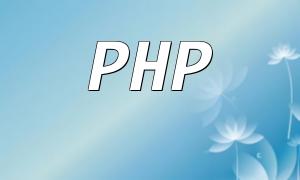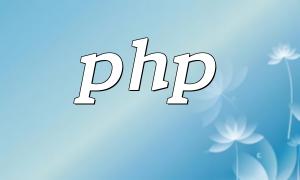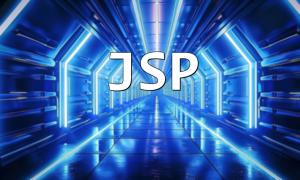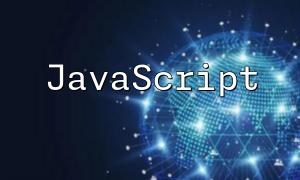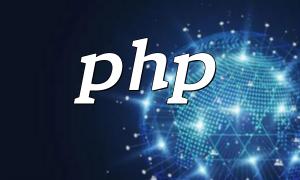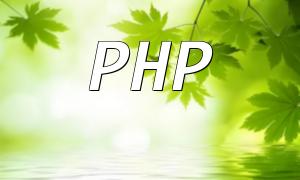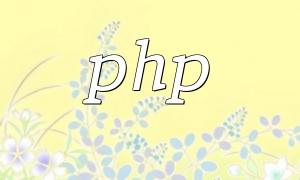In the current network environment, installing and configuring PHP is crucial, especially in an EP environment. This article provides a comprehensive guide to ensure you can smoothly set up both development and production environments for PHP.
An EP environment typically refers to an enterprise-level application environment, which includes rich features and powerful performance. In such an environment, PHP is often used to develop dynamic web pages and applications. Therefore, installing PHP accurately is essential.
Before installing PHP, make sure your system meets the following requirements:
Before installing PHP, it is recommended to update your system to ensure all software packages are up to date. On an Ubuntu system, you can update using the following commands:
To get the latest version of PHP, you may need to add a third-party repository. For example, on Ubuntu, you can use the following command:
Once the repository is added successfully, you can install PHP and its common extensions. Run the following command:
You can install different versions of PHP and related extensions based on your needs.
After installation, you can check the PHP version and verify if it was installed correctly using the following command:
For the EP environment, properly configuring PHP options is a critical step to ensure the application runs correctly. You can edit the php.ini file to set the relevant parameters. The file is typically located at the following path:
In this file, you can modify settings such as memory limits, error logs, and others to suit the needs of your application.
By following these steps, you should be able to successfully install and configure PHP in an EP environment. If you encounter issues during the installation, we recommend referring to the official documentation or seeking support from the community. We hope this guide helps you set up your PHP environment and create innovative applications.

